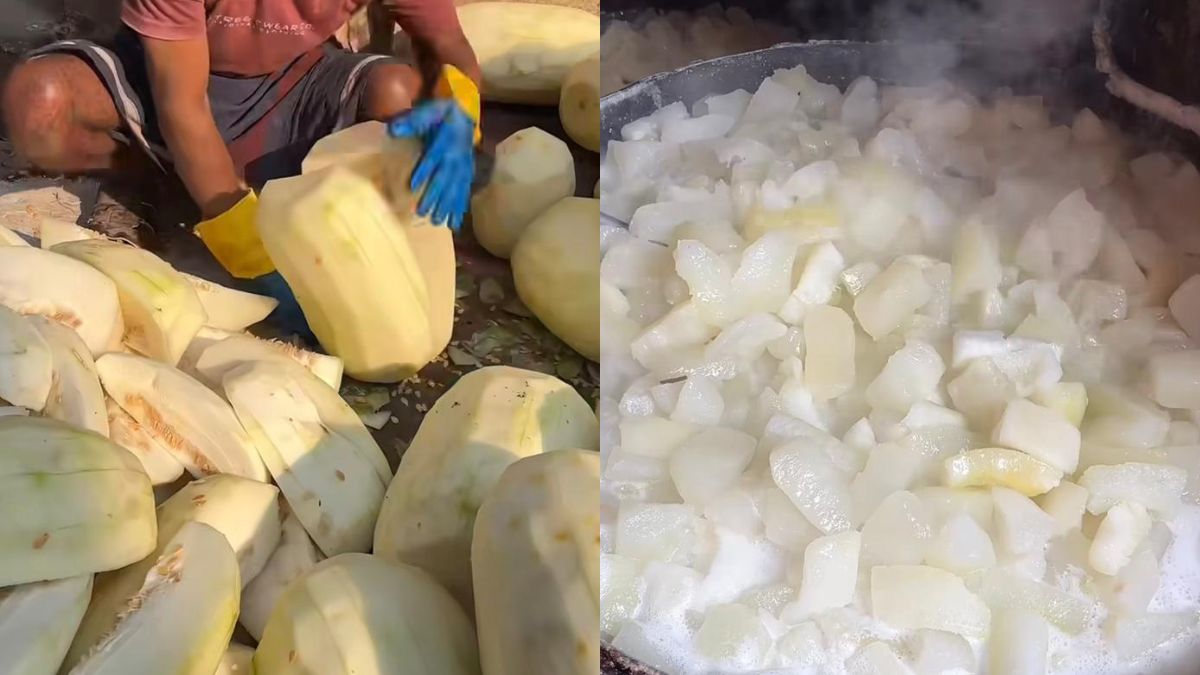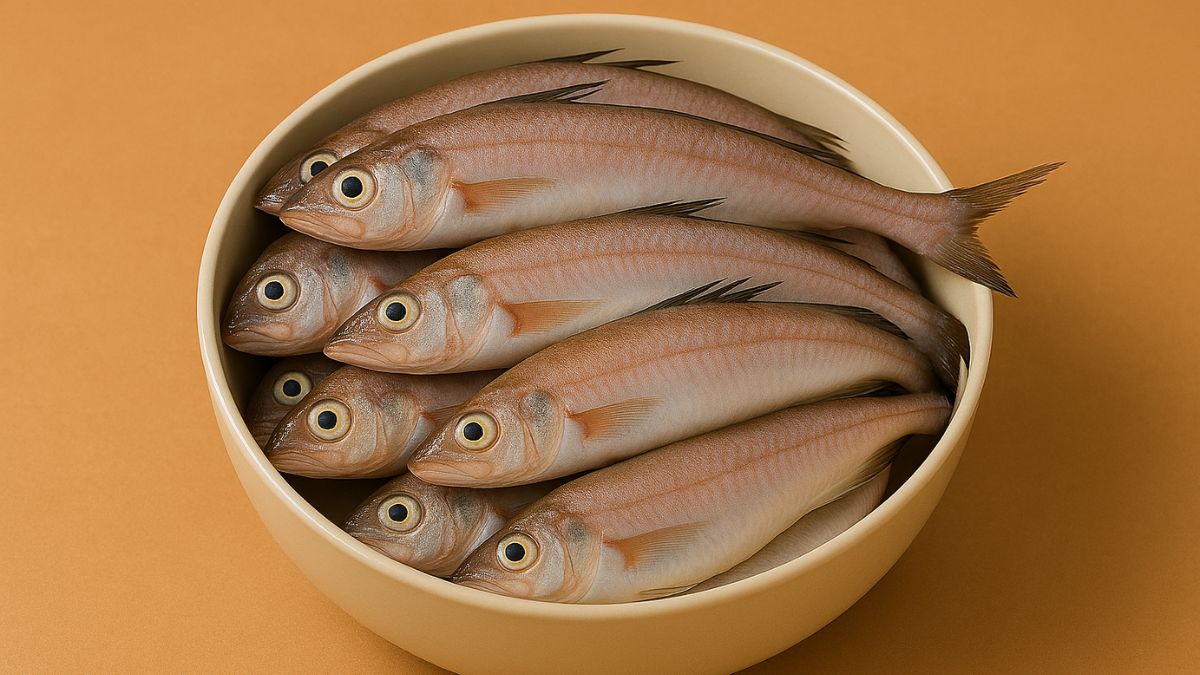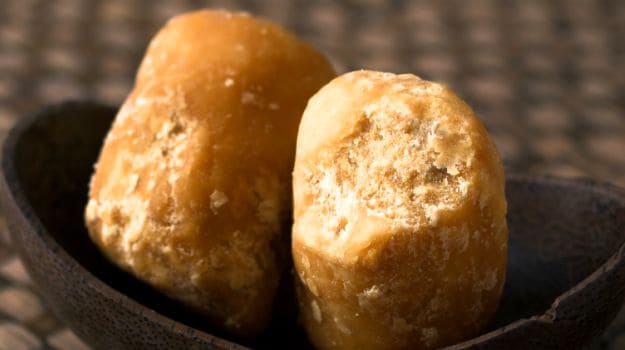What is jaggery (gur)?
Jaggery is a sweetener that is made from sugarcane; it is also known as unrefined sugar, which is prepared without the separation of molasses and crystals and is mostly produced in India and Africa. The colour of the gur ranges from golden brown to dark brown in colour. It is used to make several Indian desserts and is known as a healthy replacement of sugar, primarily because it is unprocessed. It may not look very appealing to some, but it does have various health benefits to look out for.
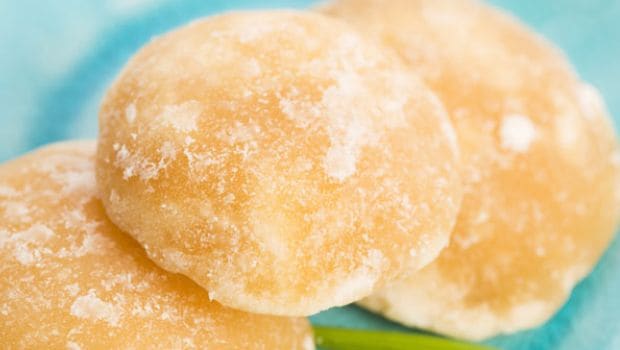 Jaggery is a sweetener that is made from sugarcane
Jaggery is a sweetener that is made from sugarcaneJaggery is commonly made from sugarcane, the process follows only three steps to prepare it.
These are extraction, clarification and concentration. We give you a detailed explanation of how it is produced -
- The sugarcanes are pressed through machines in order to extract all the sweet juice or sap from them and this process is known as extraction.
- Now, the juice is allowed to stand in large containers so that any residue or sediment is settled at the bottom of the containers. The juice is then strained to produce a clear liquid. This process followed is known as clarification.
- The juice is now placed in huge flat bottomed pans and boiled for hours; this process is known as concentration. During this process the juice is stirred constantly.
- While stirring, impurities are skimmed off the top until only a yellow, dough-like thick paste remains in the pan.
- This paste is then transferred in huge moulds where it is left to cool, until it becomes hard and becomes what is eventually called jaggery. The colour of the jaggery may vary from light to dark brown, depending on the quality of sugarcane and the juice it produced.
White sugar, on the other hand, is processed many times to form tiny crystals. The process includes crushing sugarcane to produce juice, partial purifying of the juice, melting and filtering to remove impurities, crystallizing sugar from syrup and finally drying of sugar crystals further making them edible.
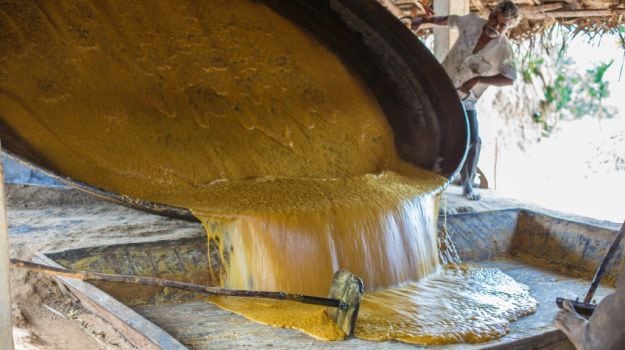 The sugarcanes are pressed through machines in order to extract all the sweet juice
The sugarcanes are pressed through machines in order to extract all the sweet juiceDid you know jaggery is not just a result of sugarcane juice? But it is also made with date palm popularly known as nolen gur or patali gur and is very popular in the eastern parts of India, especially West Bengal. Nowadays, even the sap of Sago palm and coconut palm are used to make jaggery, but are rarely available or heard of. The process of making jaggery in all these cases may be almost the same; however the colours of the jaggery may vary; the colours may range from golden brown to dark brown, off-white to pale yellowish white and light brown.
How much jaggery should you consume in a day?
Jaggery contains carbohydrate and sugar content and is free from any chemical processing. Hence, according to expert nutritionist Dr. Rupali Datta, you can have six spoons of any form of sugar, be it refined or unrefined both; 10 grams of jaggery should be enough for daily consumption.
While jaggery is a healthier more nutritious form of sugar, it is still recommended that one should not go overboard and consume too much of it. Ensure a moderate consumption on a daily basis to attain it various health benefits.


